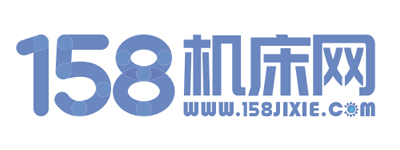

从人类社会的整体进程来看,工业革命对其发展起到了巨大的推动作用,社会经济迅速增长,城市化建设快速推进,不同地区能够无障碍交流,世界逐步形成一个整体。第一次工业革命以水和蒸汽机驱动机械生产设备为标志,使工厂代替了手工工场,用机器代替了手工劳动;第二次工业革命通过分工概念和使用电力,实现大规模量产,使驱动机制发生了改变;第三次工业革命基于使用电子产品和IT技术来进一步实现生产自动化,机器被大量取代;如今人类社会将迎来第四次工业革命,使用网络物理系统、通信、物联网和分散式决策,使得机器被部分取代和关联,也就是我们一直在讲的智能工业。
The first industrial revolution, marked by the use of water and steam engines to drive machinery production equipment, replaced manual work with factories and machinery. The second industrial revolution realized mass production through the concept of division of labor and the use of electricity, which changed the
从工业到智能工业,意味着工厂的生产效率更高,供应链的灵活性和定制化可能性更大,实现可持续的生产,减少废弃物,减少能耗,为员工提供更加安全的工作环境,在工作场所实现更佳的人机协作,优化机器和工具的使用。要实现这些既定目标需要新增设备的升级也伴随旧设备的改造,这就要求工业设备更高效,更安全、更智能、具有更多连接功能。所有关键应用的核心包括过程控制、工厂自动化、工业机器人、电机控制、传感器等技术支持。
driving mechanism. The third industrial revolution was based on the use of electronic products and IT technology to further automate production. Today will mark the fourth industrial revolution, human society physical systems, communication networks, Internet of things and decentralized decision-making, makes the machine parts replaced and related industry which we have been talking about intelligence.
在很多半导体公司看来,从工业到智能工业的产业升级蕴藏着巨大的市场发展机会,这个过程需要大量的通信、传感、控制等电子元器件,意法半导体的已有产品体系也可以为工业升级提供多种解决方案。在近期的媒体发布会上,意法半导体公司Discreates及Analog Sub产品部市场及应用资深总监Francesco Muggeri就介绍了公司在智能工业领域的布局,他表示,“我们拥有超过30年的工业应用开发经验,深入了解应用知识,有助于优化产品和系统解决方案,能够基于行业领先的创新技术,提供最广泛的产品系列,覆盖技术包括传感器、电源管理、MCU、通信IC、信号调节、电机控制和执行,拥有完整的供应链。同时,我们拥有CMOS、BCD、MEMS、功率晶体管、分立式二极管等制造工艺,可以满足摩尔定律的小型化需求。”
To achieve these goals, the upgrading of new equipment is accompanied by the transformation of old equipment, which requires more efficient, safer, smarter and more connected industrial equipment. The core of all key applications include process control, factory automation, industrial robots, motor control, sensors and other technical support.
【此文章原创来自于158机床网转载请注明出处】